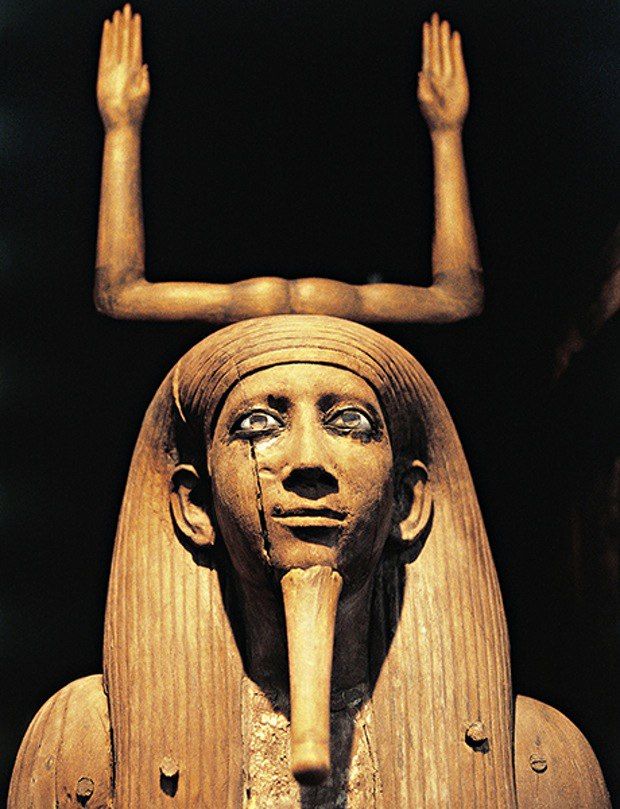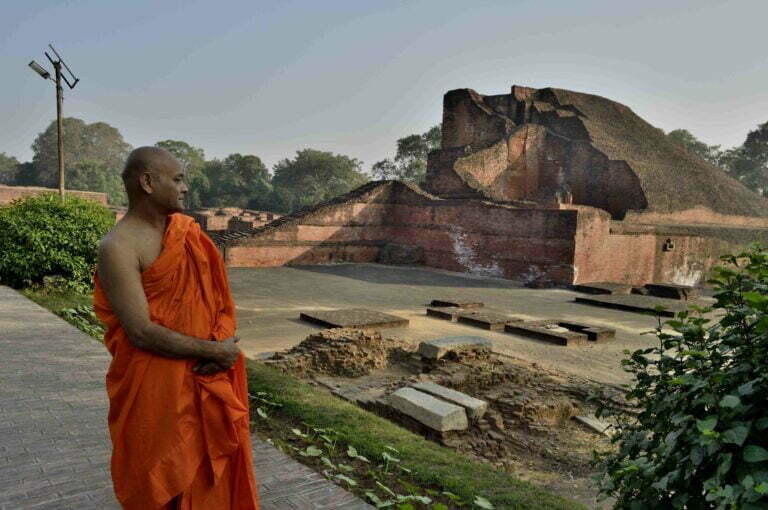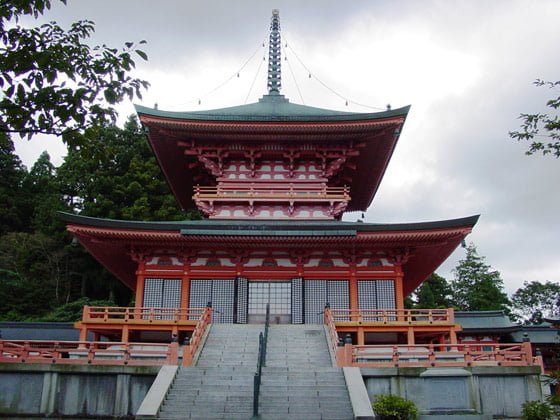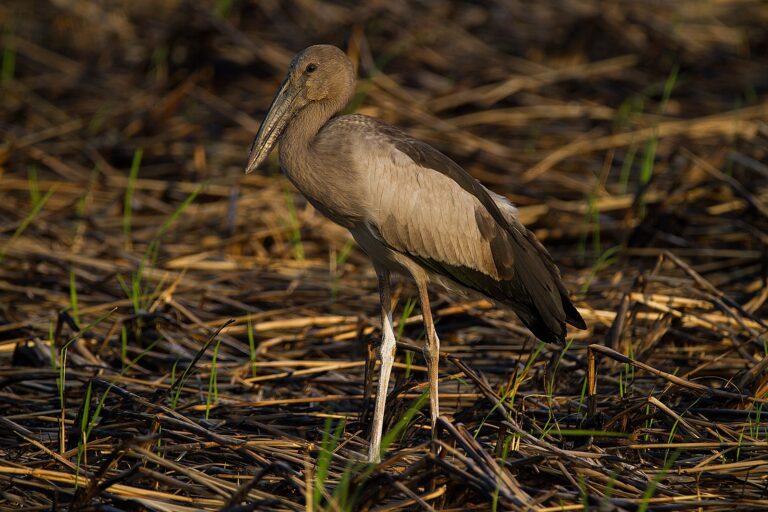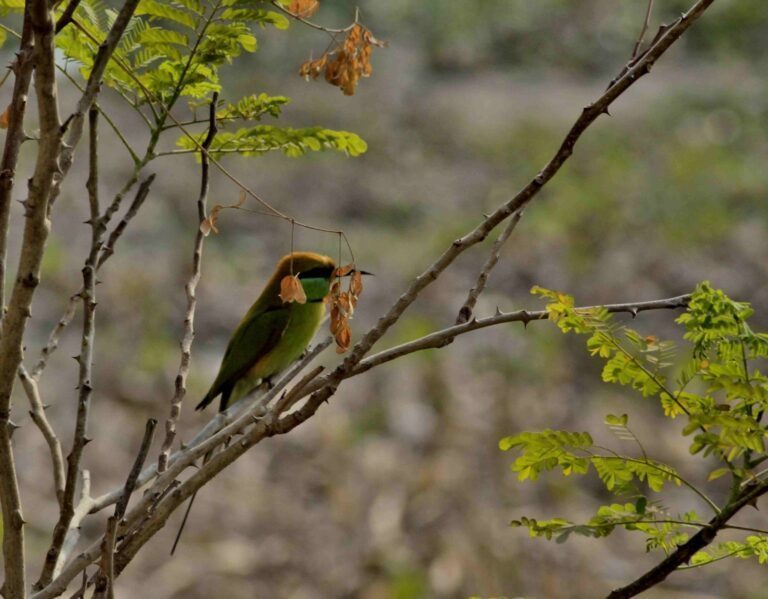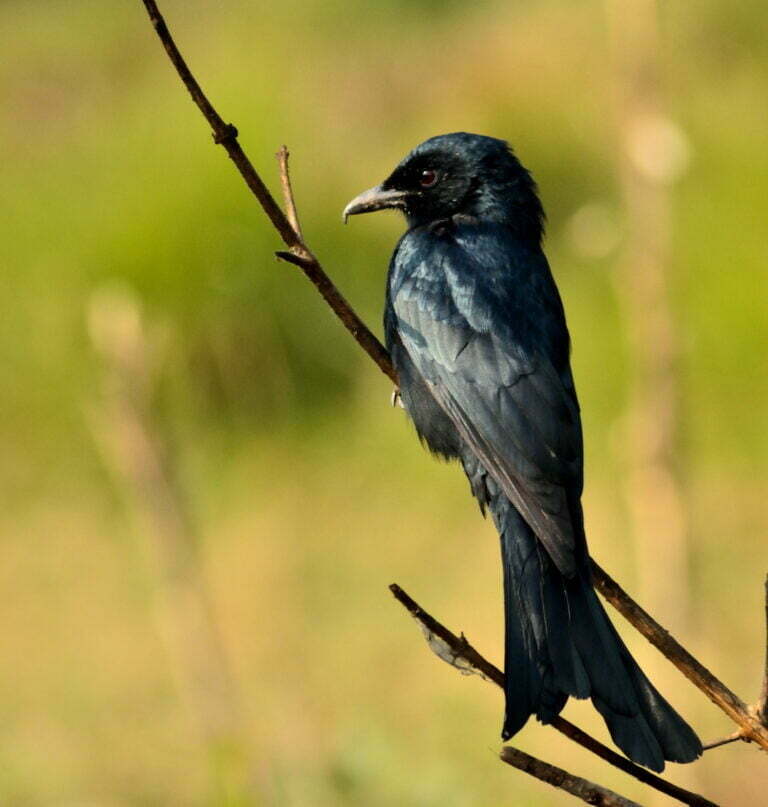Historical Places of World

The exploration of the world‘s historical treasures commences with a focus on the top 10 most historical places in the world, which constitute the crux of this article’s narrative. Over the course of millennia, numerous captivating relics of the past lay forgotten or concealed amidst the vast expanses of wilderness, deserts, and farmland. The revelation of these hidden gems owes itself to fragments of information about lost cities and fortuitous disclosures made by ordinary individuals as they went about their daily routines. Many of these remarkable discoveries have earned the distinguished designation of UNESCO World Heritage Sites. Certain exceptional sites have long been magnets for tourists, their allure undiminished by the passage of time since their initial unveiling. While it may sound like a cliche to declare that there has never been a more opportune moment to explore the world’s most extraordinary locales, this assertion remains unequivocally true.




